How to Roll Out an LMS for Your Production or Payroll Company

In today’s entertainment landscape, staying compliant with union agreements, tax regulations, and employment law is a moving target. For payroll companies and production service providers, internal training is no longer optional—it’s essential. One of the most scalable and effective ways to upskill your team and ensure compliance across the board is through a Learning Management System (LMS).
Whether you’re a payroll service provider, production accounting firm, or internal studio team, rolling out an LMS allows you to standardize your training, onboard new hires faster, and reduce compliance risks. But implementing a new LMS can feel overwhelming without a roadmap.
This article outlines a step-by-step approach to launching an LMS tailored to the production and payroll side of the entertainment industry. It covers everything from technical setup to course strategy.
Step 1: Define Your Goals and Audience
Start by identifying who the LMS is for and what you want to achieve. Are you training payroll coordinators and paymasters on union contract terms? Onboarding new clerks and AP team members? Teaching junior staff how to process timecards or handle SAG-AFTRA adjustments?
Clearly defining your audience helps shape every decision, including how content is structured and what reporting tools you need.
Common goals for entertainment payroll companies include:
- Reducing compliance risks with union contracts
- Standardizing training across regional offices or freelance teams
- Speeding up onboarding and reducing dependency on one-on-one shadowing
- Ensuring consistent knowledge of tax changes, wage law updates, and benefit fund rules
Step 2: Select the Right LMS Platform
Your LMS needs to match your technical capacity, budget, and content goals. A few considerations to keep in mind when choosing a platform:
1. Ease of use: Your learners will likely include busy payroll professionals and coordinators. The interface should be intuitive and mobile-friendly.
2. Reporting capabilities: You’ll want visibility into who completed which courses, especially if you're tracking compliance or assigning mandatory training.
3. SCORM/xAPI compatibility: If you’re building interactive training modules using tools like Articulate or Adobe Captivate, your LMS must support SCORM or xAPI files.
4. Custom branding and access control: Can you brand the portal for your company or clients? Can you assign different access levels to learners, managers, and admins?
5. Support and hosting: Consider whether you need LMS support, hosting, or help with technical integration, especially if you don’t have in-house IT staff.
Some popular LMS options for small to midsize entertainment companies include Absorb, TalentLMS, LearnUpon, and Docebo.
Step 3: Build an Implementation Plan
Once you’ve selected your LMS, create a phased implementation plan. A successful rollout includes planning for both the technical side (setup, user permissions, hosting) and the instructional side (content strategy, course flow, and a training calendar).
Week 1: Administrator Setup
- Assign internal LMS administrators and define their roles
- Customize the portal with your logo, navigation preferences, and terminology
- Create learner roles and upload sample users
- Build an intake form for company stakeholders to identify training needs
Week 2: Experience Walkthrough and Feedback
- Walk through the learner, manager, and admin dashboards
- Identify any layout or naming customizations that need adjusting
- Assign access to internal admins
- Gather feedback on the user interface and make initial edits
Week 3–4: Course Catalog and Testing
- Upload your initial courses or SCORM files
- Test course navigation and user tracking
- Set up certificates or completion badges, if applicable
- Build learning paths based on job roles, such as "Payroll Clerk Onboarding" or "Union Payroll Processing"
Step 4: Develop a Content Strategy
Your LMS is only as effective as the content it delivers. In the payroll and production world, that content must go beyond explanation. It must prepare staff to handle complex topics like fringe caps, night premiums, rerates, and dual-state payroll taxes.
Use a layered approach:
- Beginner training for new hires, including industry terms and payroll workflows
- Role-specific courses for clerks, AP staff, payroll accountants, and support teams
- Contract-specific modules on SAG-AFTRA theatrical, DGA TV, IATSE SVOD, and Area Standards
- Scenario-based learning where learners apply knowledge to realistic problems
Pro tip: Avoid long videos or static slide decks. Use short, interactive modules with tool tips, scenarios, and embedded quizzes. This approach improves engagement and retention.
Step 5: Upload Learners and Launch in Waves
Avoid launching the LMS to your entire company at once. Instead, roll it out in stages to different groups. For example:
- Week 1: Launch to internal staff and managers
- Week 2: Extend access to production payroll teams
- Week 3 and beyond: Open access to freelance coordinators or client-side users
Each wave should include a welcome message, login instructions, and a checklist of assigned training. Assign clear deadlines for compliance-related courses or onboarding tracks.
Step 6: Monitor Progress and Support Learners
Once your LMS is live, learner support becomes critical. Many users will be completing training outside of standard hours or while managing daily responsibilities.
Track the following:
- Completion rates by department or team
- Quiz scores and assessment results to evaluate learning
- Course drop-off points or navigation issues
Send follow-up reminders to learners with incomplete training. Offer office hours or a dedicated email inbox for LMS-related questions. Consider conducting quick surveys to capture feedback on course relevance and clarity.
Step 7: Use LMS Data to Improve Operations
Your LMS can become a valuable operational tool. Use its data to:
- Spot knowledge gaps in payroll compliance or union contract understanding
- Identify roles that need additional instruction or retraining
- Highlight employees who consistently perform well and may be ready for advancement
- Tailor onboarding tracks by production type, such as SVOD series versus basic cable shows
If your company is audited, your LMS can also serve as a record of training history and compliance readiness.
Step 8: Refresh Courses Regularly
Entertainment industry rules are constantly evolving. That includes union contracts, labor laws, tax regulations, and benefit fund policies. Your LMS content must reflect these updates.
Create a content maintenance calendar that includes:
- Annual union wage and fringe rate updates
- Quarterly or semi-annual legal changes (such as sick leave laws or federal thresholds)
- Internal process changes, like new onboarding tools or reporting systems
- Updated guidance from the IRS, EDD, or benefit funds
Assign someone internally or externally to manage these updates, ideally with a 30 to 60-day lead time before the changes go into effect.
Final Thoughts
Rolling out an LMS in a production or payroll environment is more than a training upgrade. It’s a business strategy. In an industry where mistakes can result in significant fines, grievances, or damage to client relationships, structured training is a frontline defense.
When done right, your LMS becomes a foundation for operational consistency, team empowerment, and client trust. Whether you are training a brand-new payroll coordinator or helping a team navigate complex IATSE benefit remittances, an LMS ensures everyone is working from the same playbook.
More importantly, it ensures they’re ready for whatever changes come next.
If you're looking for a ready-made solution to jumpstart your internal training, the FTV Graduate Program can serve as both a platform and a content library. With prebuilt courses covering union payroll, onboarding, timecards, adjustments, and more, FTV Consulting gives production and payroll teams instant access to contract-specific training and compliance resources. Whether you want to use it out of the box or layer it into your own LMS, it’s a powerful way to train your team faster and smarter.









